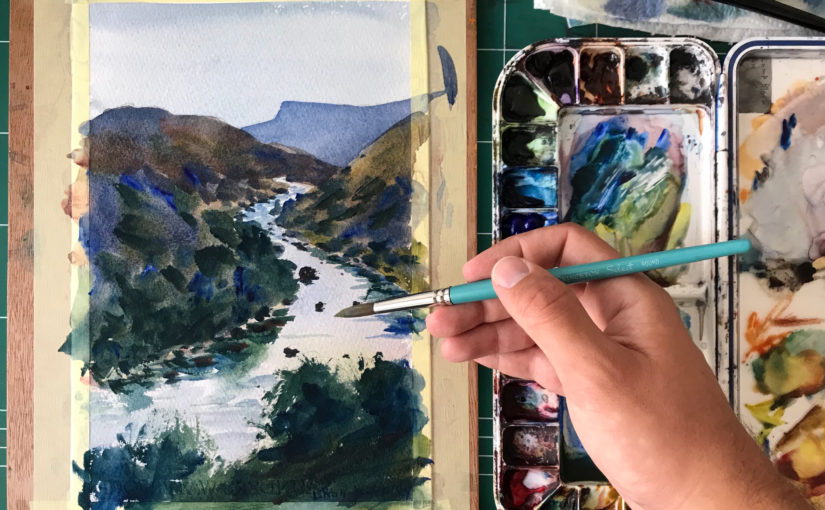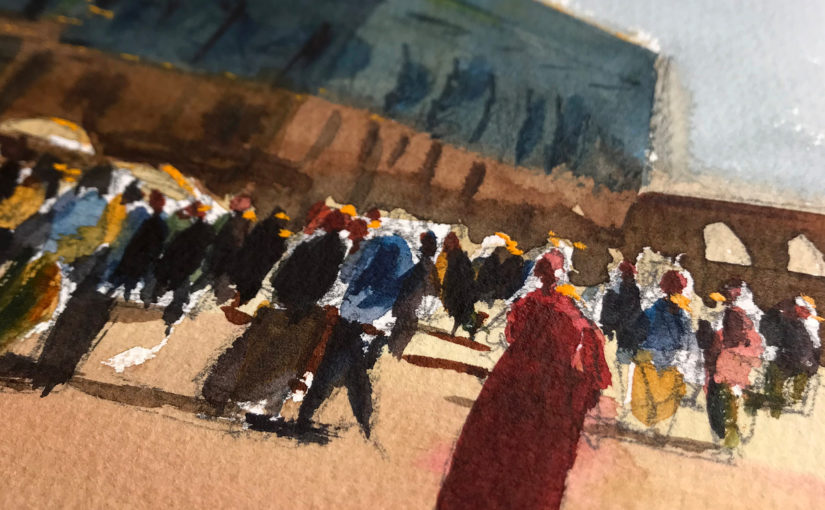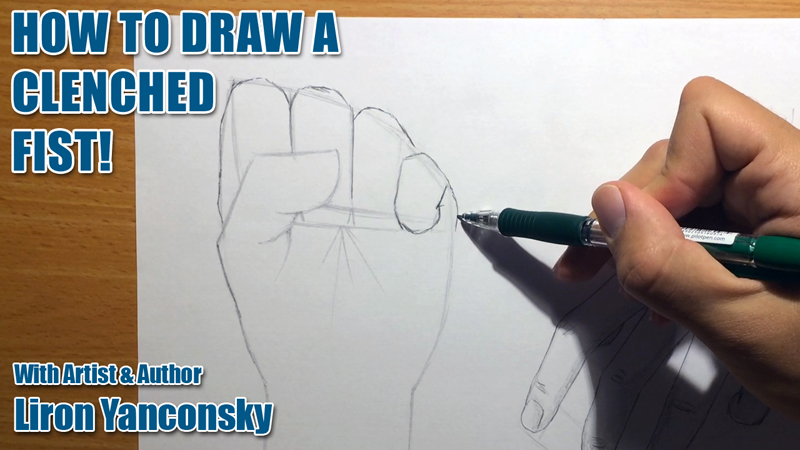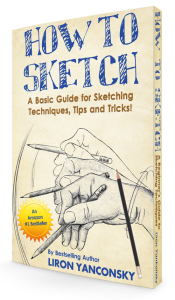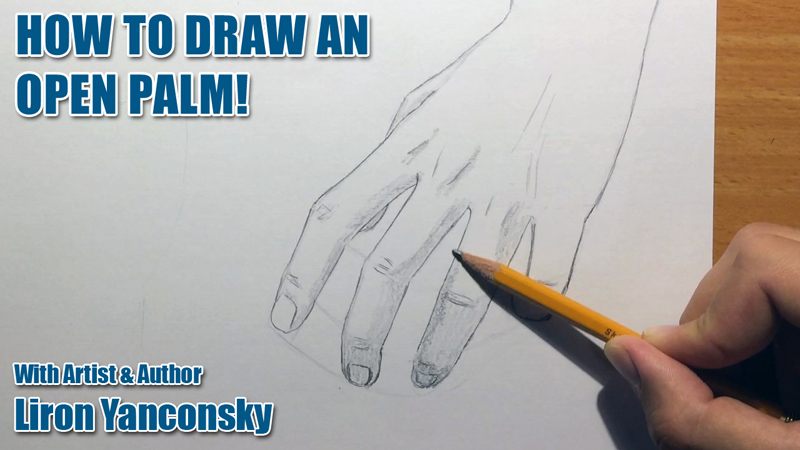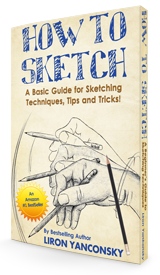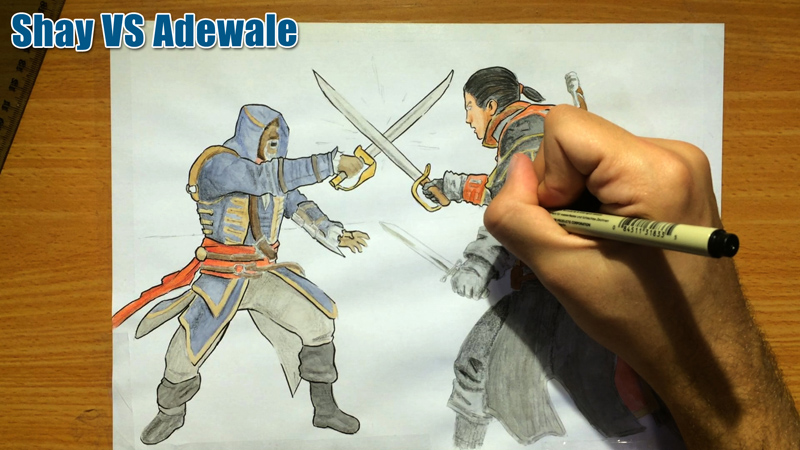Podcast: Play in new window | Download
In today’s episode we talked about ignoring the noise, and learning who to listen to.
Here’s a summary of the episode, as well as the links mentioned.
What Selling at Fairs Taught Me
First I talk about how I came to think of this topic.
When I just started selling my art at the local fair, several artists made discouraging remarks about selling paintings there.
I then came to realize this happened all throughout my career. People seem to wonder whether there’s money in art, and be quite cynical towards the topic.
The Underlying Limiting Belief
These people basically communicate their own shortcomings and limiting beliefs (unless done maliciously).
They feel insecure about selling their art.
I have a lot of empathy for artists, but I have a strong aversion to the forcing of your own limiting beliefs upon others.
I think it’s important NOT to do that.
Which is why I also don’t think there are many people you should listen to.
Who Should Your Listen To?
I would say two things:
1. People who are actually succeeding at what you want to do.
These are great, and also perhaps more generally people who are positive and have a clear aim and vision for their future.
2. The market.
By the market I mean the whole sum of your potential customers. The average of all of them. Could be millions of people.
The market’s response to you will always speak the truth. If you aren’t successful as many paintings as you’d like – the market is telling you something.
Maybe your art isn’t good enough. Maybe it’s too expensive. Maybe it’s too CHEAP. Maybe it doesn’t fit the venue in which you try and sell it.
The good thing about the “market” is that it really is the average. It may be contentious, but I do believe this is one of the cleanest feedbacks you can get.
If a product fails, there’s a reason for it.
And that feedback is actually very valuable! It will help you sell more works, if you choose to listen to it.
Conclusion
So this is it for this one!
It takes time to learn who to listen to, so be open but stay on your path and believe in your own vision (another topic I have to cover in an upcoming episode.
And now, let us move into the Artist Corner!
Artist Corner – Alex Ross
Today I talked about Alex Ross, an American comic book writer and artist.
He worked with both Marvel and DC, and what really attracted me to his work is the one done in watercolor!
It’s fascinating for me to see watercolor used in a way I’m less used to. You can watch a REALLY AWESOME video of his here: Alex Ross Video
And check out his website here: Alex Ross’s Website
And Here’s where you can find me
Check out my YouTube Channel – Liron Yanconsky
Or ask me questions on Instagram – @LironYanIL or Snapchat – @LironYan3
I hope you enjoyed this one. Take care, and we’ll talk again really soon,
— Liron

